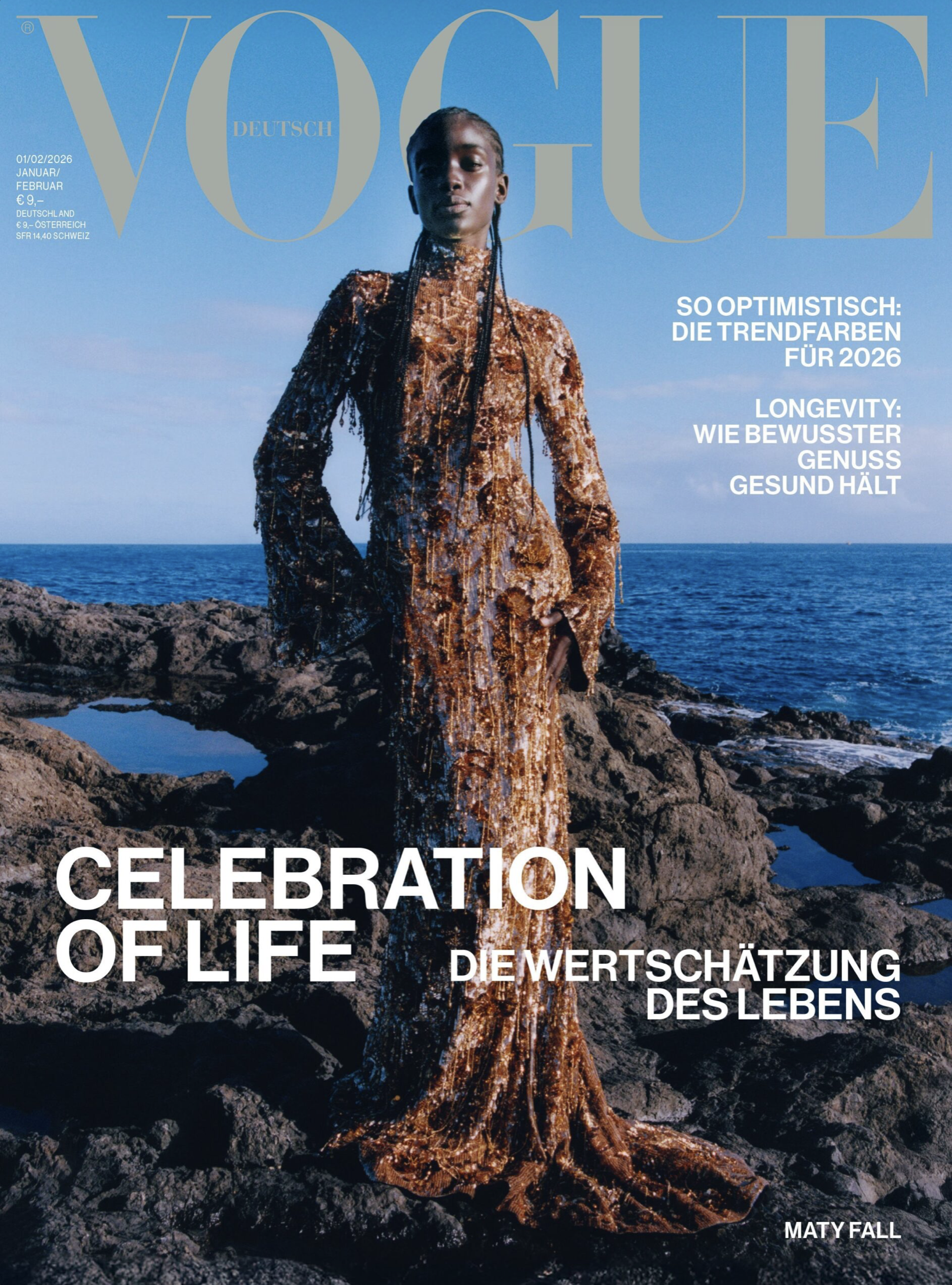'Wild Side' Fall 2025 Animal Inspired Coats and Accessories in Wallpaper Magazine
/Wallpaper Magazine [IG] September 2025 shares a fashion story ‘Wild Side’ featuring model Constanze Van Rosmalen. Jason Hughes chooses the best of Fall 2025’s faux-fur and animal-inspired designs, showcased in images by Nicole Maria Winkler [IG]./ Hair by Yumi Nakada Dingle; makeup by Sunao Takahashi; set design by Kim Harding
Model Constanze Van Rosmalen walked February’s Prada F/W 2025 show as an exclusive, followed by a Paris F/W 2025 March show exclusive at Louis Vuitton. ‘Wildside’ appears to be her first editorial appearance except for a ‘Rookie of the Week’ feature on Models.com.





















